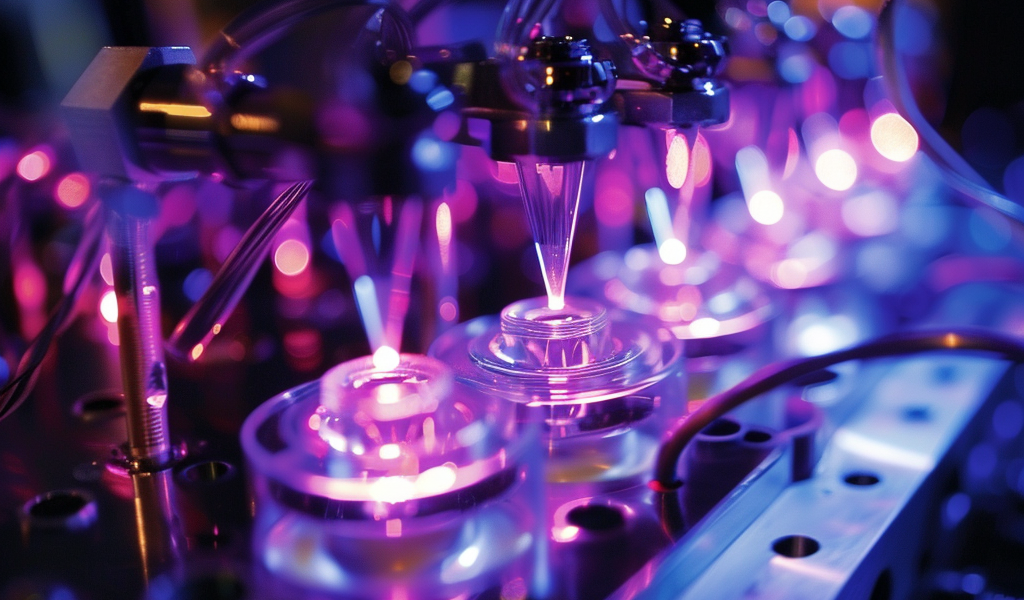Researchers at the University of Twente in the Netherlands have made a groundbreaking advancement in photon emission control technology, potentially revolutionizing the efficiency of portable screens and electronic devices. The team, consisting of chemists, mathematicians, physicists, and nano-engineers, recently introduced a new device that can precisely regulate the emission of photons with unparalleled accuracy.
This innovative technology has the potential to enhance the performance of miniature light sources, improve the sensitivity of sensors, and create stable quantum bits essential for quantum computing applications. The research paper titled ‘Strongly inhibited spontaneous emission of PbS quantum dots covalently bound to 3D silicon photonic band gap crystals’ has been published in the Journal of Physical Chemistry C.
The energy consumption of smartphone screens is a significant factor affecting battery life. By minimizing the loss of energy through the screen, the durability of smartphones can be significantly extended. The ability to control photon emission more effectively could lead to smartphones that require less frequent charging, potentially lasting an entire week on a single charge.
The team introduced the ‘MINT-toolbox,’ which incorporates tools from various scientific disciplines such as Mathematics, Informatics, Natural Sciences, and Technology. Key components of this toolbox include polymer brushes, which are minute chemical chains capable of anchoring photon sources in specific locations.
Andreas Schulz, the first author of the study, highlighted the importance of polymer brushes in the experiment, stating, ‘The polymer brushes are grafted in solution from pore-surfaces inside a photonic crystal made from silicon. This complex process was a significant milestone in our research, and X-ray imaging confirmed the precise positioning of the photon sources on the brushes.’
Through the integration of nanophotonic tools, the research team achieved a remarkable 50-fold inhibition of excited light sources. This means that light sources can remain excited for 50 times longer than usual, resulting in a significantly enhanced emission control. The experimental results closely aligned with the theoretical predictions obtained through advanced mathematical calculations.
Marek Kozoň, the second author of the study, explained, ‘The theory initially suggested zero light emission due to the idealized nature of an infinitely extended crystal. However, in our real finite crystal, the emitted light, while minimal, set a new world record for efficiency.’
The outcomes of this research hold promise for the development of highly efficient miniature lasers and light sources, as well as for the implementation of qubits in photonic circuits with reduced disturbances caused by vacuum fluctuations. Willem Vos, a key researcher on the project, emphasized the potential of their multi-toolbox approach to enable innovative applications that capitalize on the enhanced photon emission control.





